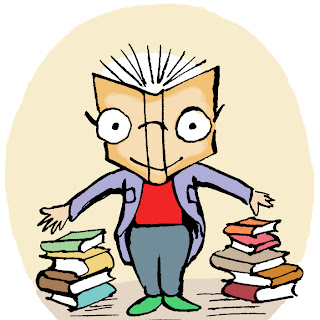INSPIRATION Song and Dance I
First of a two-part series from K. M. Lockwood, provoked by Whitby Folk Week. This month: where does dancing fit within children's books?
I had the good fortune to go to Whitby on the north-east coast of Yorkshire for Folk Week in August. You couldn’t move without coming across Morris, clog, Longsword, Rapper or American square dancers. Songs, music, and stories filled the pubs - and sometimes spilled outside. A grand time was had by all.
I had a go at Playford Dancing, but this took place indoors. These are English country dances based (sometimes very loosely) on The English Dancing Master: OR, Plaine and easie Rules for the Dancing of Country Dances, with the Tune to each Dance.
 |
| Cover c/o Filipp of the Marche |
Although the original dates from 1651, these dances developed over time to be the sort you see in adaptations of Jane Austen. They certainly aren’t as genteel as you might expect – they’re vigorous and fun.
 |
| The First Quadrille at Almack's (public domain) |
At that time in Europe and the US, it was the nearest respectable unwed young people could get to each other, so the dances were unsurprisingly popular. As a way of meeting someone to love, social dancing carried on well into the 1950s and beyond. Try asking your older relatives about the local Palais de Danse.
Obviously, different cultures have other perspectives. I do a little so-called belly dancing which is based on Raqs Sharqi from Egypt; it's practised by women to celebrate weddings and other happy occasions. In the Levant countries (Jordan, Lebanon, Palestine, and Syria) Dabke dances are a wedding tradition, often with men taking turns to lead the line as lawweeh. This leader gets the chance to show off clever footwork, spins, or tricks.
 |
| Shrinika performing Abhinaya by Augustus Binu, CC BY-SA 4.0 |
It’s not just weddings. Funerals can have dances too – in Ghana, pallbearers dance joyfully with the coffin. The Yi people of Yunnan Province, China, use Dish-Serving Dances at all solemn events. Sacred dances are a feature of many cultures: whirling dervishes in Sufi Islam, the Native American Ghost Dance, or the Odissi dance tradition of Orissa, for example.
There’s a lot beyond Strictly or the Bolshoi Ballet. How might that have relevance to your work?
Some ideas you're more than welcome to use
Plot points
- In contemporary settings, how about a competition or dance-off? Plenty of tension and conflict there. Characters from differing backgrounds might have commitments to dance events they can’t or shouldn’t get out of. Older characters might have surprising skills or stories to pass on.
- In history, fantasy, science fiction, or any combination of these (like steampunk), dance is an opportunity for romance, passing information, or even assassination!
- A learner (be it for a prom slow dance or a circle dance to summon wind spirits) gives a chance for credible exposition. Add uncertainty and maybe a time limit to prevent ‘as you know’ info-dumping.
- Many small children dance spontaneously. This is a lovely opportunity for conveying joy and movement. Some dance with rage!
- How a person copes with learning a new routine says a lot about them. Do they look it up beforehand, or do they copy someone else? How do they react if they or someone else goes wrong: anger, laughter, defensiveness, or bossiness?
- What about contrasting the Willing Performer with the Shy One? Or the Boaster with the Quietly Talented? Lots of possibilities for an ensemble piece.










No comments:
We love comments and really appreciate the time it takes to leave one.
Interesting and pithy reactions to a post are brilliant but we also LOVE it when people just say they've read and enjoyed.
We've made it easy to comment by losing the 'are you human?' test, which means we get a lot of spam. Fortunately, Blogger recognises these, so most, if not all, anonymous comments are deleted without reading.